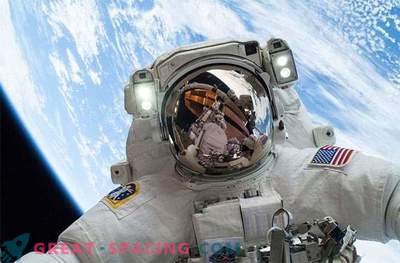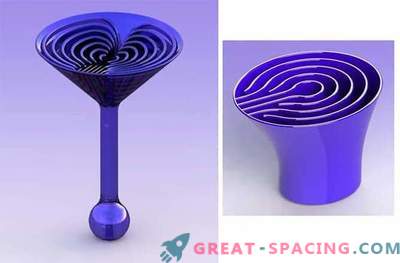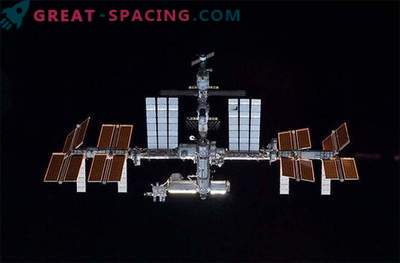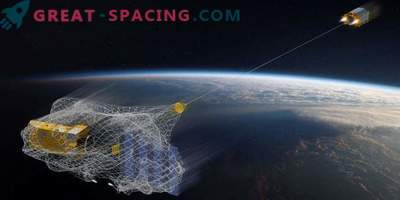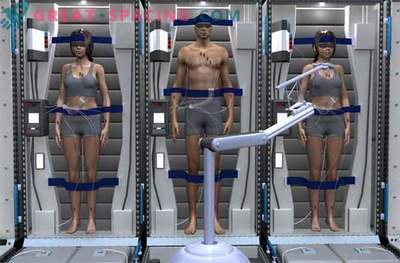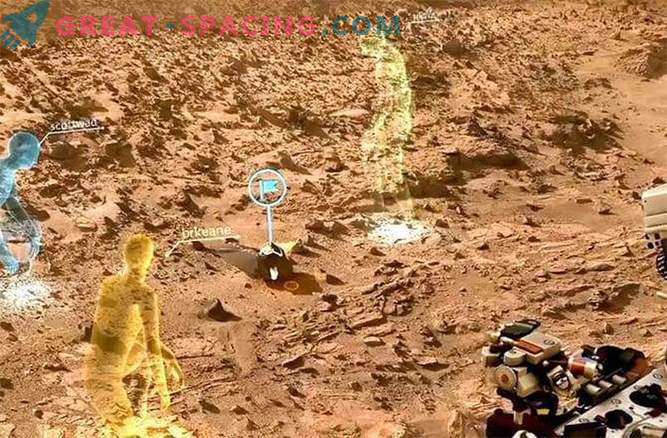
Virtual reality technology suffered a shock last month when Microsoft's experimental headset on the way to the International Space Station was in an explosion. But while the investigation into the accident continues, virtual digital technologies are gradually beginning to take part in space exploration.
The headliner of this effort was to be HoloLens, a headset made by Microsoft, it was supposed to allow the controllers over the cosmonauts' shoulder. However, the Falcon 9 rocket exploded on June 29; the causes of the accident are still under investigation. While there is no data on when astronauts will use this headset in space, it will be used under water in the very near future.
Every year or so, NASA is working on modeling underwater space missions called NEEMO. In two missions that took place in 2014, astronauts checked Google Glass to see if this was the easiest way to implement certain procedures. The idea was that the controllers would see the work of the astronauts, and this could speed up the work.
The mission’s technical report emphasized that Google Glass is not very suitable for this purpose. Its resources are limited by battery and other minor incidents. After this, the Google Glass project was closed. NASA's next step will be to see how HoloLens Microsoft is suitable for this purpose. On July 21, NASA will check HoloLens and its software in the NEEMO 20 mission. Instead of the traditional written procedures and downloaded videos, the controller will be able to give instructions and even draw annotations in front of crew members, according to a NASA press release.
A delay, however, would be a problem for astronauts working on Mars. How to carry out some procedures at the time convenient for a crew member? Some technologies are not quite suitable for a living person, so Microsoft is working on a modified version of its virtual reality set for the Curiosity mission.
Powerful equipment makes good pictures, but sometimes it is difficult to estimate the distance and the dangers on the road without the usual landmarks. It is assumed that the virtual OnSight environment will integrate data into the headset, and this will make it easier for dispatchers to analyze the situation before they give commands.
Information will naturally be transmitted late, but Curiosity remains in place for long periods of time between relocations, so everything should go well.
